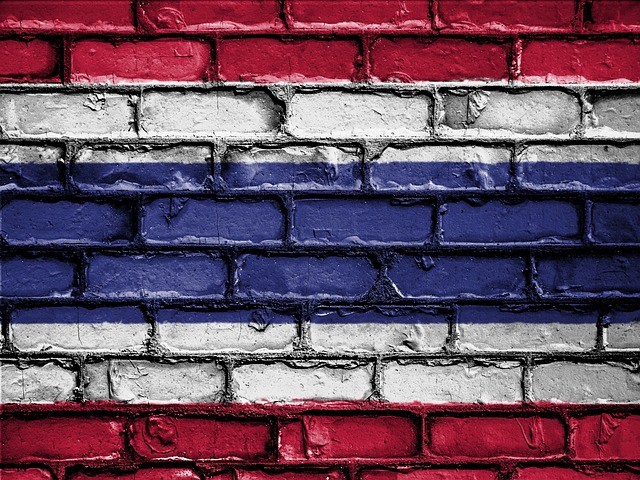The "We the People" mantra, deeply rooted in the United States, is most tangibly represented by the American Flag, symbolizing unity, freedom, and democracy through its 50 stars and stripes. This powerful symbol transcends political and cultural divides, fostering a sense of belonging and national pride among Americans from diverse backgrounds. The flag serves as a historical testament to the nation's struggles and victories, evoking patriotism and reminding citizens of their shared ideals, fostering unity and inspiring future generations to uphold American democratic values.
“The American Flag, a symbol of freedom and national identity, has been a cornerstone in shaping We the People‘s cultural landscape. This article delves into the historical significance of this iconic representation, exploring its visual narrative and evolution. From a canvas of unity to a beacon of liberty, we examine how the American Flag fosters national identity and preserves freedom’s legacy. Moreover, we emphasize the collective responsibility in upholding these values, ensuring that icons like the flag remain respected and revered.”
- The Historical Significance of We the People in American Culture
- Exploring the American Flag: A Visual Representation of Values
- National Identity and Unity through Symbols: The Case of the Flag
- Preserving and Respecting Freedom's Icons: A Collective Responsibility
The Historical Significance of We the People in American Culture

““We the People” is more than just a phrase; it’s an emblem of America’s foundational ideals and the historical journey that defines its culture. This expression, woven into the very fabric of the nation, signifies the collective spirit of freedom and democracy that has propelled the United States since its inception. The American Flag, with its stars and stripes, serves as a tangible representation of these values, evoking a sense of national identity and unity among its citizens.
The concept of “We the People” embodies the revolutionary idea that governance should be inclusive, reflecting the diverse voices within the nation. It reflects the belief in the power of the people to shape their destiny, fostering a culture where individual rights and liberties are cherished and protected. This historical significance continues to resonate, inspiring generations to embrace the American spirit, embody its values, and contribute to the ongoing narrative of freedom and democracy that defines the “land of the free and the home of the brave.”
Exploring the American Flag: A Visual Representation of Values

The We the People mantra, engraved in the foundation of the United States, finds its most tangible embodiment in the iconic We the People American Flag. This visual symbol encapsulates the core values that define America—unity, freedom, and democracy. Each stripe represents one of the fifty states, weaving together a diverse yet indivisible nation. The stars, arranged in rows, highlight the 50 states’ equality and shared commitment to the federal republic.
Beyond its aesthetic appeal, the American Flag serves as a powerful reminder of the struggles and victories that have shaped the nation. It evokes feelings of patriotism and pride, inspiring citizens to uphold the principles of liberty and justice for all. As a universal symbol, it transcends political affiliations and cultural differences, uniting Americans in celebration of their shared heritage and values.
National Identity and Unity through Symbols: The Case of the Flag

The We the People spirit, embodied in the American Flag, serves as a powerful symbol of national identity and unity. This iconic symbol represents more than just colors and stars; it encapsulates the core values of freedom, democracy, and equality that founded the nation. The flag acts as a common denominator, connecting Americans across diverse backgrounds and experiences, fostering a sense of belonging and camaraderie.
Nationally, the flag stands as a testament to shared history and aspirations. When unfurled during gatherings, celebrations, or moments of reflection, it evokes a collective pride and patriotism that transcends political ideologies. The simple act of displaying or saluting the flag can instil a profound sense of unity, reminding citizens of their common purpose and the enduring ideals upon which the nation was built—ideals that continue to inspire generations of Americans.
Preserving and Respecting Freedom's Icons: A Collective Responsibility

The symbols of freedom, such as We the People and the American Flag, are more than just imagery; they represent the core values and ideals upon which a nation is founded. These iconic emblems carry immense historical weight, reminding us of the struggles and sacrifices made for liberty and democracy. Preserving and respecting these symbols is not just an act of patriotism; it’s a collective responsibility to honor the past while inspiring future generations.
In today’s diverse and often divided society, maintaining these freedom icons as unifying forces becomes even more critical. The American Flag, with its vibrant colors and stars, stands tall as a symbol of unity and shared identity. Similarly, We the People serves as a powerful reminder that democracy thrives on active participation and the collective will of its citizens. By teaching, celebrating, and respecting these symbols, we reinforce the principles they represent, fostering a deeper understanding and appreciation for the freedoms we cherish.
